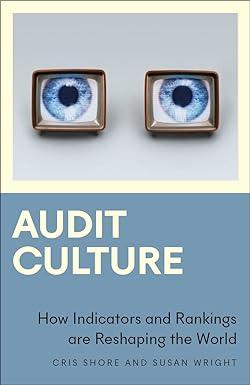Answered step by step
Verified Expert Solution
Question
1 Approved Answer
Date Activities Units Acquired at Cost Units sold at Retail Jan. 1 Beginning inventory 200 units @ $ 12.50 = $ 2,500 Jan. 10 Sales
| Date | Activities | Units Acquired at Cost | Units sold at Retail | |||||||||||||||
| Jan. | 1 | Beginning inventory | 200 | units | @ | $ | 12.50 | = | $ | 2,500 | ||||||||
| Jan. | 10 | Sales | 160 | units | @ | $ | 21.50 | |||||||||||
| Jan. | 20 | Purchase | 130 | units | @ | $ | 11.50 | = | 1,495 | |||||||||
| Jan. | 25 | Sales | 140 | units | @ | $ | 21.50 | |||||||||||
| Jan. | 30 | Purchase | 300 | units | @ | $ | 11.00 | = | 3,300 | |||||||||
| Totals | 630 | units | $ | 7,295 | 300 | units | ||||||||||||
The Company uses a perpetual inventory system. For specific identification, ending inventory consists of 330 units, where 300 are from the January 30 purchase, 5 are from the January 20 purchase, and 25 are from beginning inventory
| ||||||||||||||||||||||||||||||||||||||||||||||||||||||||||||||||||||||||||||||||||||||||||||||||||||||||||||||||||||||||||||||||||||||||||||||||||||||||||||||||||||||||||||||||||||||||||||||||||||||||||||||||||||||||||||||||
Step by Step Solution
There are 3 Steps involved in it
Step: 1

Get Instant Access to Expert-Tailored Solutions
See step-by-step solutions with expert insights and AI powered tools for academic success
Step: 2

Step: 3

Ace Your Homework with AI
Get the answers you need in no time with our AI-driven, step-by-step assistance
Get Started


